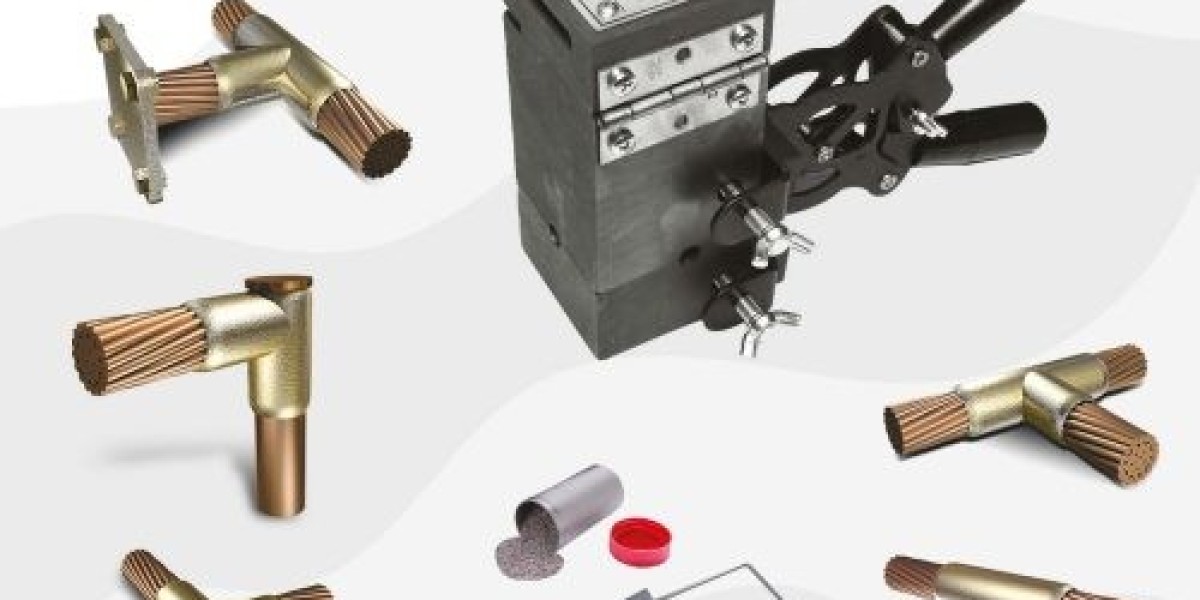In the world of welding, advancements in technology have brought about various methods that cater to different applications and industries. One such innovative technique is exothermic welding, which has gained prominence for its unique advantages over traditional welding methods. In this article, we'll explore the benefits that exothermic welding offers compared to conventional welding techniques and how it has transformed the welding landscape.
Enhanced Conductivity
Exothermic welding, also known as exothermic bonding or thermite welding, boasts exceptional conductivity properties. The process creates a molecular bond between two conductors that is virtually free of resistance, resulting in a connection that maintains high electrical conductivity. This is particularly crucial in applications where efficient and consistent electrical flow is essential, such as in power distribution networks and grounding systems.
Longevity and Durability
Exothermic welds are renowned for their durability and longevity. Unlike traditional welding methods that involve melting the base metals, exothermic welding involves a chemical reaction that produces a molten metal mixture. This mixture fills any gaps or irregularities in the joint, forming a solid, seamless connection. As a result, exothermic welds exhibit high resistance to corrosion, oxidation, and mechanical stress, ensuring a longer lifespan of the joint.
Minimal Heat Affected Zone (HAZ)
Traditional welding methods often introduce heat that can result in a significant heat affected zone (HAZ) around the weld. Exothermic welding, on the other hand, generates less heat during the process, leading to a smaller HAZ. This is particularly advantageous when working with sensitive materials or in applications where heat distortion can compromise the structural integrity of the joint.
Ease of Installation
Exothermic welding offers a straightforward and streamlined installation process. The required equipment and consumables are compact and portable, making it feasible to perform welds in various locations, even those with limited space. This ease of installation contributes to reduced downtime during maintenance and repairs, as well as increased efficiency during new installations.
Consistency and Precision
Traditional welding methods often require skilled welders to achieve consistent and precise joints. Exothermic welding, on the other hand, relies on a controlled chemical reaction that results in uniform and reliable welds. This consistency minimizes the risk of human error, ensuring a standardized quality of joints across multiple applications.
Safety and Environmental Benefits
Exothermic welding eliminates the need for external heat sources like flames or electrical arcs, reducing the risk of accidents related to open flames or electrical sparks. Additionally, the process produces minimal smoke, fumes, and airborne particulates, making it environmentally friendly and safe for both operators and the surrounding environment.
Conclusion
Exothermic welding stands as a remarkable advancement in the world of welding, offering a plethora of advantages that set it apart from traditional welding methods. From enhanced conductivity and durability to reduced heat affected zones and streamlined installation, exothermic welding addresses various challenges that traditional methods may present. Its ability to provide reliable, long-lasting, and efficient joints makes it a preferred choice in critical applications such as power distribution, telecommunications, grounding systems, and beyond. As technology continues to evolve, exothermic welding's unique advantages continue to shape the landscape of modern welding practices.



